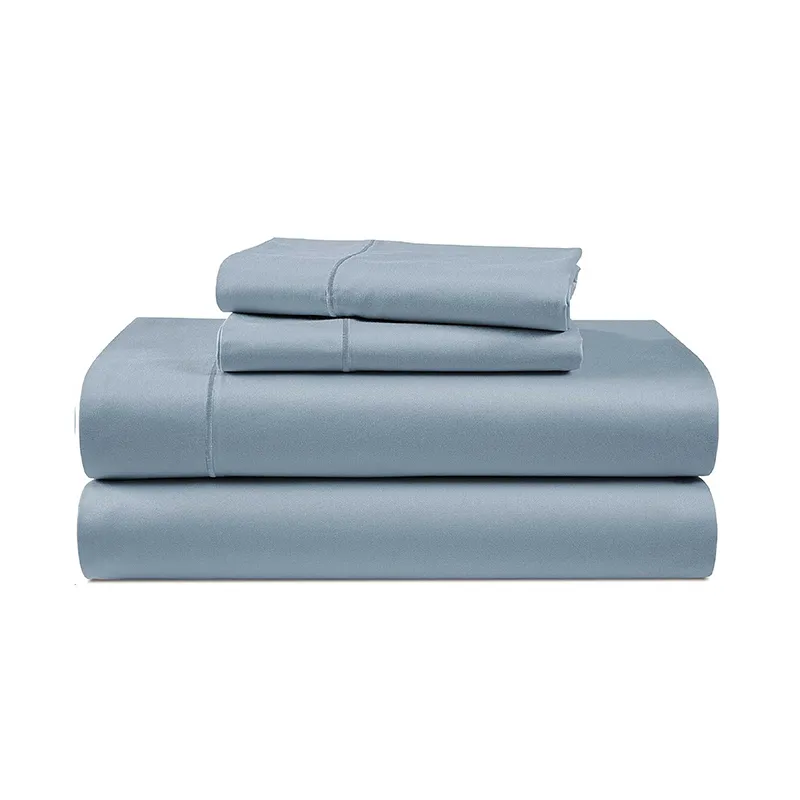...
2025-08-14 07:48
1473
...
2025-08-14 07:20
360
...
2025-08-14 06:55
2665
...
2025-08-14 06:48
1236
...
2025-08-14 06:48
1435
...
2025-08-14 06:42
538
...
2025-08-14 06:36
818
...
2025-08-14 06:07
2040
Moreover, a protector contributes to the longevity of your duvet insert
...
2025-08-14 05:59
765
...
2025-08-14 05:40
1192
